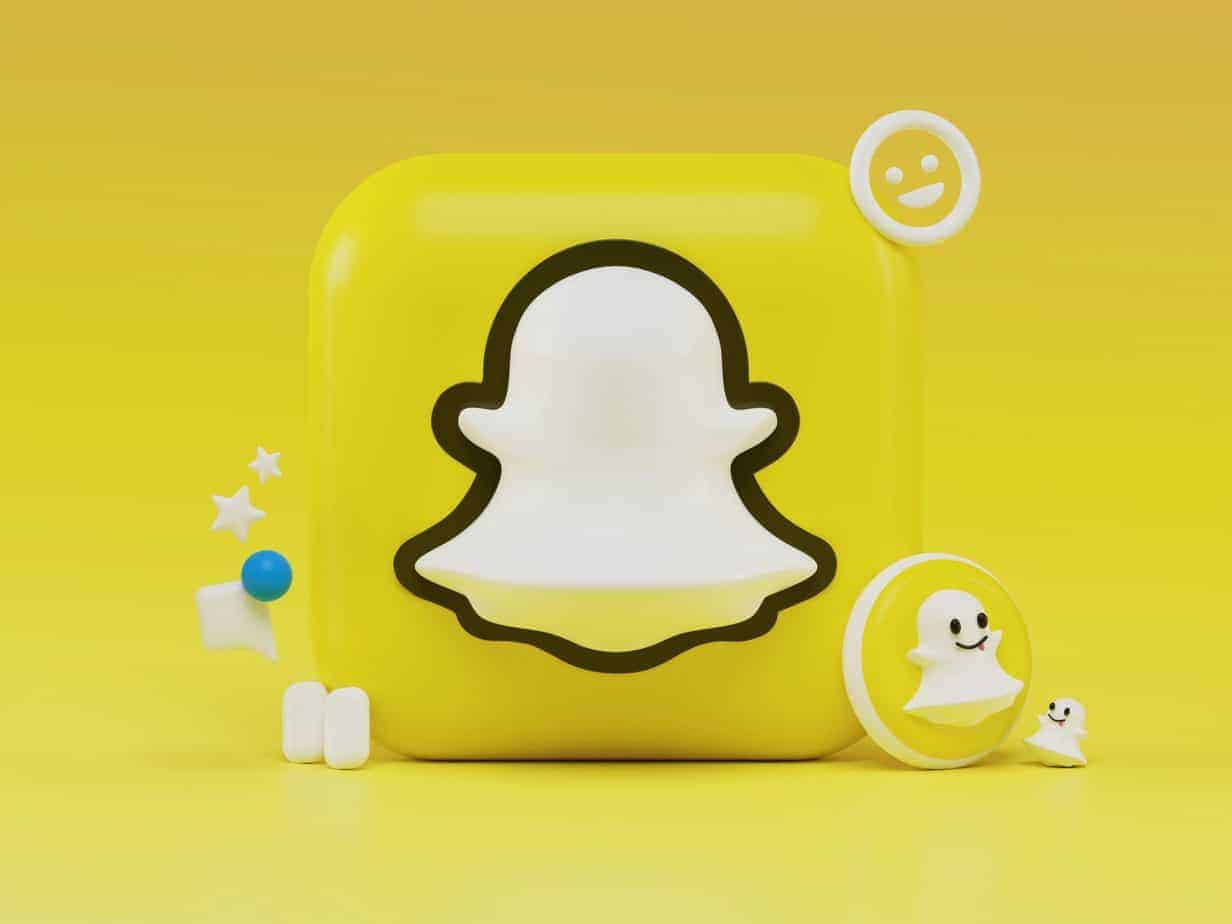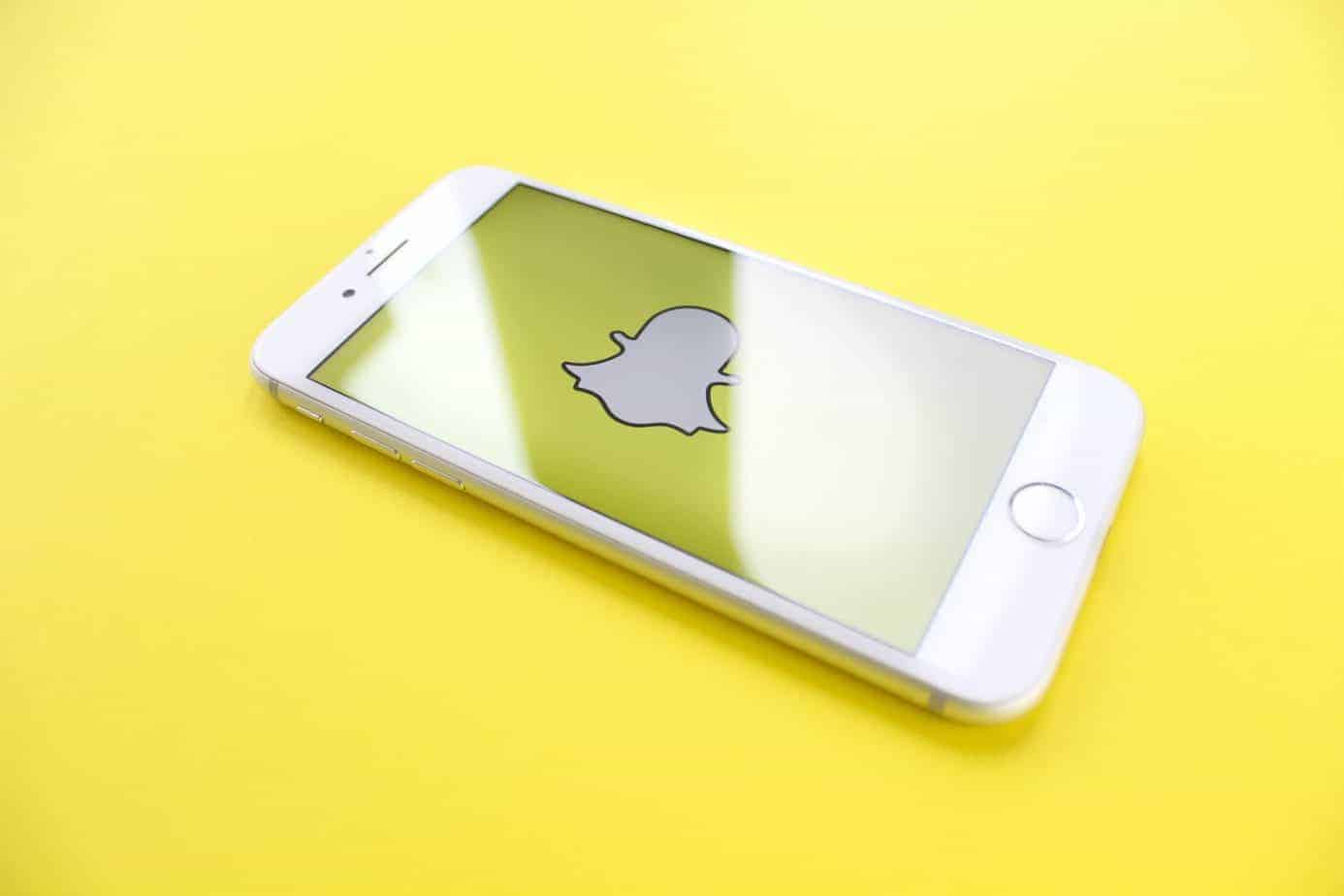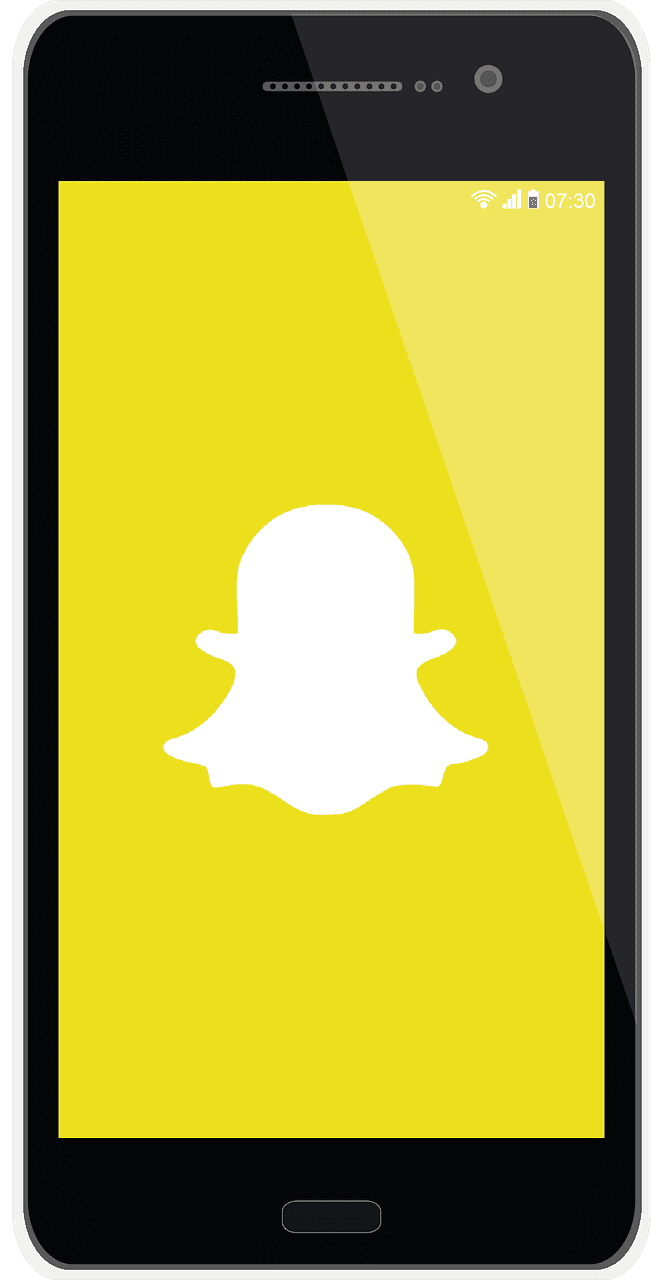
TikTok vs Snapchat: A Guide For Brand Marketing
Have you heard that fewer people are using Facebook than they used to?
That TikTok or Snapchat are the places where the advertisers should invest their money?
TikTok vs Snachat. What is their comparison?
I am here to tell you that the death of Facebook has been greatly exaggerated. According to Statista, Facebook is still the king of social platforms as of January 2021.
However, if you have a product that appeals to a younger crowd, or if you have had problems with Facebook shutting down your ad account then you do really need to look at Snapchat and TikTok as marketing alternatives to Facebook.
In terms of advertising, video advertisements are leading the way, and we expect that they will continue to be crucial in 2021 and 2022. While Facebook and Instagram are the two largest social media platforms, today we will discuss some smaller social media platforms that deserve just as much attention.
While Snapchat has been on the market for quite some time, it seems to be growing in popularity as an advertising medium for marketers. On the other hand, TikTok has grown rapidly over the past 24 months and offers an interesting opportunity.
TikTok is the latest flavor of the day for marketers. Whether you have tried the app or noticed TikTok’s popping up on other social platforms, it is clear that TikTok isn’t just another passing fad. It will remain here for some time to come.
Yet, as you might imagine, someone unfamiliar with TikTok might dismiss it as a remake of Snapchat. Worse yet, they may assume that the content from Snapchat can be repurposed for TikTok.
The two platforms share similar features, and yes, have similar audiences, but they offer entirely different value propositions. TikTok is a video-sharing app that lets people share short clips set to music, while Snapchat allows users to share photos, videos and short messages. Each platform provides unique opportunities for brands to connect with their audiences if used correctly.
If your brand is not quite sure where it fits in – or for that matter if it will even fit in at all – then you have come to the right place. Below is a review of the differences between TikTok and Snapchat, along with important considerations for brands considering each app as a potential marketing channel.
A comparison of Snapchat and TikTok…
Snapchat
Founded: 2011
Core features: Image and video capture, Story-writing, text and video chat, camera filters, simple editing tools, . AR Lenses, Snap Maps, Discover tab (Snapchat-native content covering user interests and subscriptions), Snapchat.
U.S. demographic: Mostly Millenials and approximately 78% of Internet users aged 18-24 use the platform. There are about 61% female Snapchatters and 38% male Snapchatters*.
Daily active users: 218 million globally in 2019*
Total Snapchat App downloads: 75 million globally* in 2019
Snapchat Revenue: $561 million in 2019*
Some companies using Snapchat: Taco Bell, Paramount Pictures, Warner Bros., Burberry, Target, MTV
TikTok
Founded: 2017
Core Features: Video capture, powerful editing tools, stunning filter effects, creation prompts (reactions, hashtag challenges), sound libraries, ‘For You’ feed (TikTok’s algorithmic discovery feed)
U.S. demographics: It is predominantly Gen Z. According to TikTok data, 41 percent of users are aged between 18-24 and 27 percent are between 13-17. About 60% of TikTok users are female, and 40% are male.
Daily active users: 41 million globally*
Total downloads: 738 million globally* in 2019. Over 1 Billion in 2020.
Revenue: $176.9 million in 2019
Some companies using TikTok: Chipotle, E.l.f. Cosmetics, Guess, ESPN.
The basics of TikTok
What is TikTok? TikTok is a video-sharing app launched by the Chinese tech company ByteDance in 2017. In October 2018, TikTok became the most downloaded app in the United States, and it reached a record 1.5 billion downloads by the end of 2019.
How is TikTok used? TikTok users create and share short, looping videos set to TikTok’s vast library of music and sound bites – sometimes with humor or talent as the center of attention. Tik Tok is not the place for serious life updates or connecting with friends. Instead, users look to TikTok for entertainment and follow creators with high-quality content. TikTok videos typically feature choreographed dances and lip-syncing, as well as hashtag challenges, reaction videos, and cringeworthy content.
TikTok Audience. The app has quickly become a favorite of Generation Z, since 42% of users between the ages of 13-16 use the app. Users are able to create and post short, looping video clips that are set to TikTok’s enormous library of music and sound bites, often with humor as the focal point of the content.
Advertising on TikTok. TikTok’s advertising is still in its infancy and only offered on a CPM basis (cost per thousand impressions). TikTok’s self-serve advertising platform is still in beta. Among the current available ad units are:
- In-feed native video advertisements
- Brand takeovers (a full screen advertisement that appears when a user first opens the application)
- Hashtag competitions
- Branded filters
- Topview ads (like brand takeovers, but using in-feed content)
- Influencer partnerships
The basics of Snapchat
What is Snapchat? Snapchat is a messaging app that allows users to share text, photos, and videos with friends. It launched in 2011 under the premise of sharing photos with a 10-second expiration time, but it has since evolved into a platform that focuses on video content in the form of Stories and an array of curated ‘Discover’ series.
How is Snapchat used? Snapchat provides users with a way to stay in touch with their friends, relevant news, and popular trends. The ability to post ephemeral content and publish it as a story allows users to see that content for up to 24 hours and engage with it. Snapchat has been investing heavily in Artificial Intelligence and Augmented Reality capabilities which would enable brands and consumers to have more immersive creative experiences such as object scanning, try-on effects, and 3D environment interactions.
Snapchat Audience. Currently, the platform has more than 218 million daily active users (DAUs), most of whom are millennials.
Snapchat Advertising. Snapchat offers a wide range of ad units through its self-service advertising platform, ranging from standard Snap Ad units to ads that incorporate branded filters or augmented reality lenses. Snapchat is also an e-commerce platform with shoppable ads, personalized targeting, and a native checkout feature.
What is the best marketing platform for your brand?
What are your marketing objectives? TikTok and Snapchat both offer brands opportunities to engage audiences at the top of the funnel. TikTok can be an effective tool for generating brand awareness with user-generated content (UGC) through brand challenges, reactions, or filters.
While Snapchat presents opportunities for brands to utilize user-generated content, it is better suited for sharing fleeting moments in everyday life and surfacing targeted content that the user might care about – such as original series or Stories.
Additionally, Snapchat’s shoppable and native checkout features can be quite attractive for retail brands, especially for direct-to-consumer (D2C) marketers. On the other hand, TikTok’s advertising opportunities are still very experimental on the platform. TikTok is not the kind of platform that will result in an immediate amount of success in marketing unless you have great content that resonates with your audience, particularly since it is driven by users who enjoy humor and fleeting trends (which may not work for all brands).
Think about your audience. Are they young, with a wealth of meme energy? Look no further than TikTok. Tiktok users desire an authentic, homegrown, and entertaining digital experience that is among the reasons why reactions and brand challenges have taken off at such a rapid pace. TikTok users are not standing by and watching social media from a distance they are slicing into organic content creation in near real-time. Brands can leverage this strategy to leave an indelible mark.
Since Snapchat is still a place for the Millenial generation, brands can reach an audience in more conventional, mainstream interests. Brands with an audience that is predominantly younger may want to test out both Snapchat and TikTok.
Think carefully about the content. if you are looking to create quality content with a traditional brand message, Snapchat is likely the better channel. Brands can use Snapchat’s AR and Lens capabilities to get creative while still enabling users to use the built-in (“swipe-up”) features for an engaging experience. TikTok content is not concerned with aesthetics or how the product looks, which both challenges and presents opportunities for brands. To be successful on TikTok, a brand’s content needs to appeal to young people at a time when they are actively engaging with it.
Why Choose TikTok?
If you are wondering whether you should shift your attention to TikTok this year, either through video ads or influencer marketing, there are several reasons to consider it.
Firstly, the TikTok app is still in its early stages, which means that the cost of influencer marketing is still relatively low. Unlike content creators on YouTube and Instagram who demand thousands of dollars, you can reach the same audience for just a few hundred dollars on TikTok.
Second, the reach on TikTok is impressive. Since the platform is still in its infancy, there are not too many competitors for marketers. In contrast to Instagram or even Snapchat, the small amount of competition allows each and every campaign to reach more users.
TikTok has its own advertising platform. Adverts on TikTok can expect to pay a CPM of around $10. The result is that agencies and marketers have been focusing on organic video ads. Instagram can make one feel as if one is being advertised to. With a simple post, you can find messages such as ‘here’s a discount code’ or ‘buy this, and use it for…’ On TikTok, it’s a very different process, the most entertaining video seems to gain the best results.
Rather than actively marketing to social media users, marketers allow their creativity to flow with entertaining, funny videos. Within the video is the product, which is soft selling and making a good first impression.
Furthermore, we should not forget that TokTok recently launched its own audience network, like Snapchat. Advertisers can now purchase advertisement spots on TikTok. However, with the audience network, you can also buy ads on other apps. Although the system is still being tested and is only available in some countries, we know that Facebook boasts higher click-through rates from their own audience network.
At Digital Papercuts we have a TikTok marketing program that currently offers $300 in free TikTok marketing (A TikTok offer-not ours so subject to change) that is combined with 12 personally customized videos for you to grow your channel. We also guarantee you, 1000 followers, to your channel through our marketing program. Contact us at contact@digitalpapercuts.com for more information.
Why Choose Snapchat?
Snapchat has a much wider audience than TikTok. It is true that four out of five are under the age of 24. However, it is becoming increasingly common. for older users to access the app, and in that way follows in the footsteps of Facebook.
Age aside, it is fair to say that Snapchat videos are so successful because the recipients interact with the content. Taco Bell once reported that over 80% of their snaps sent to friends and followers were opened. Even if a small percentage of this audience engages with your campaign and clicks through, it remains money well spent. Even if they do not click through, the brand still gets exposure and the name might carry over into a conversation down the road.
Case Studies
Chipotle Mexican Grill-TikTok. Chipotle’s first viral TikTok challenge started in May 2019 after a customer recorded a video doing a lid flip, and Chipotle then posted the video to Instagram. The post gained over one million views, so the brand turned to TikTok to invite their customers to try the lid flip trick. The campaign #ChipotleLidFlip received over 104 million views, 111,000 video submissions, and 59,000 participants.
e.l.f. cosmetics-TikTok. Makeup brand e.l.f. also found viral success with the hashtag challenge format on TikTok. With over 3 million organic views on the Tik Tok hashtag, #elfcosmetics, the brand developed a challenge to engage with its creator-driven community. The brand produced a made-for-TikTok music track for the #eyeslipsface hashtag, encouraging users to showcase their makeup looks accompanied by the song.
Top Gun: Maverick-Snapchat. In December 2019, Paramount Pictures launched an augmented reality (AR)-driven campaign using Snapchat’s Cameo feature, with users able to enhance their photos with custom overlays. Snapchat users who were interested in more promotional content from the film were able to view the entire 2-minute trailer.
Coca-Cola and McDonalds-Snapchat. Snapchat began testing “Snapchat Scan” in December 2019. McDonald’s and Coca-Cola were the first brands to sign up. The app features an image recognition module that allows the user to scan a logo in order to unlock AR lenses and content. Users were able to scan the packaging on Coke and McDonald’s products and access exclusive branded lenses. This example highlights how Snapchat brands can engage users through combining creative content with physical elements. Carolina Arguelles, Snapchat’s product marketing manager, states that using Scan this way opens so many possibilities for brands, ranging from creating fun, shareable moments to sharing information or even offering a virtual trial.








